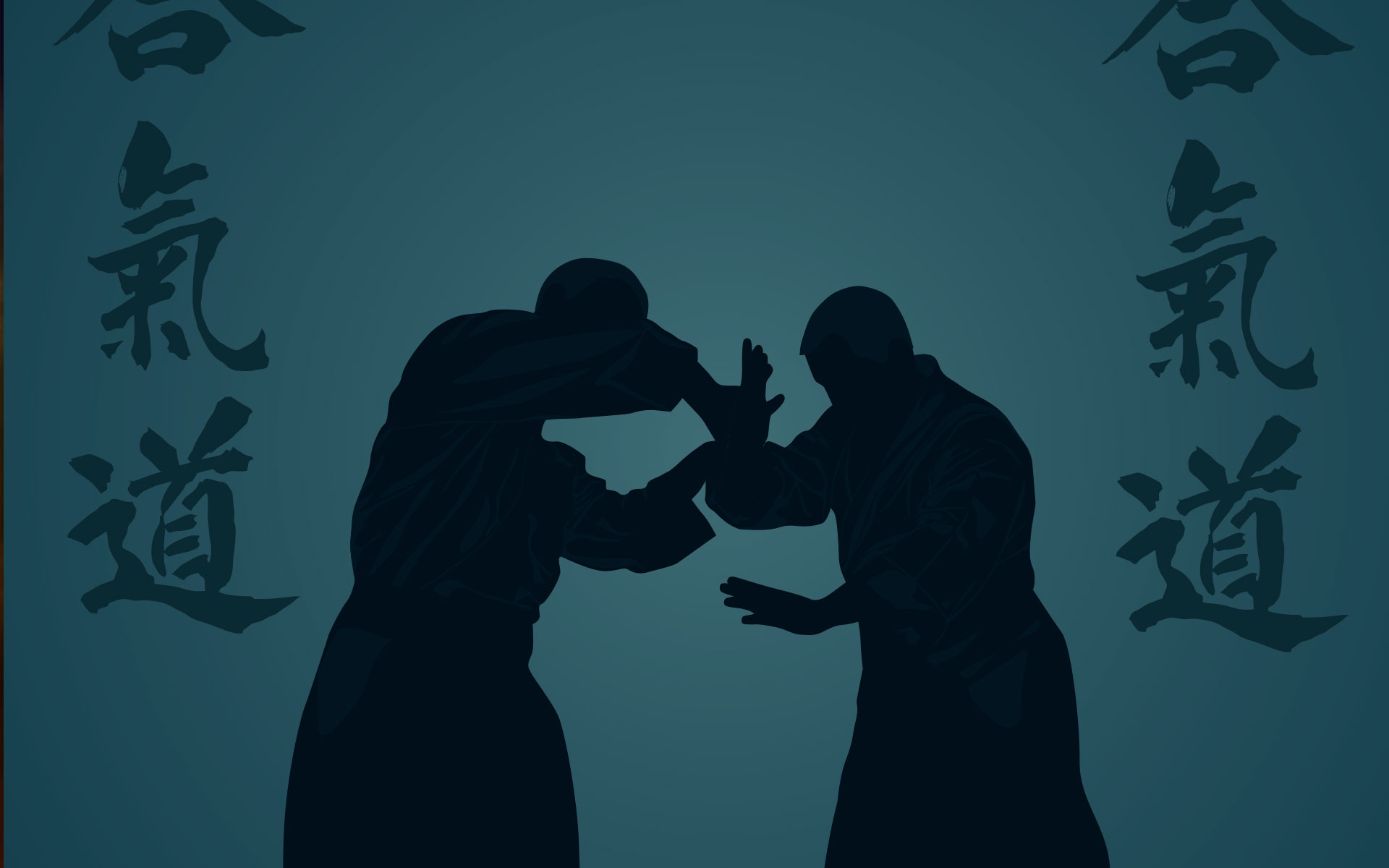
Getting Started
Is Aikido an effective form of self-defense?
The main goal of aikido is to bring connection and awareness into all our daily interactions. Aikido assumes that we achieve true victory when we bring our conflicts to peaceful resolution. Emphasis is given to de-escalating conflict and dissipating an attacker’s energy harmlessly.
Can I really do Aikido?
Yes. If you can walk up and down a flight of stairs, you can do aikido! Students of all ages have enjoyed practicing Aikido.
What if I am out of shape and uncoordinated?
Compassion is at the heart of Aikido practice. We all know what it is like to be a beginner. Everyone makes progress and improves at a different rate. Practice at your own pace and to take the next step only when you are ready.
How often should I practice?
Classes are offered three times per week, twice during weeknights and once during the weekend. Try to come to as many classes as you can to help build muscle memory and confidence. The more you practice, the greater the benefits to your health, ability to focus, and self-defense.
How do I take a class?
Come to the dojo 10 to 15 minutes before class starts. This will give you the opportunity to meet and talk to the instructor and other senior students before class begins. At that time, let the instructor know if you have any physical limitations or concerns.
Is Aikido safe?
Our primary emphasis is on safety. All students train together (usually in pairs) at a pace of the least experienced student while being under the supervision of an experienced and qualified black belt instructor. The strength of Aikido comes not from muscular force; rather its power is expressed through flexibility, timing and control. Students are encouraged to train within their limits, just as they would select the appropriate ski slope to match their skill level.
What’s with the bowing?
We bow to each other and the sensei (teacher) as a sign of respect before class, before doing techniques, if the instructor helps you, and at various other times. Since our partners are helping us learn, we show our appreciation to them by bowing. A full seated bow (from a kneeling position) is done at the beginning and end of class, and generally after you work with someone on a specific technique. It is tradition. And if you do happen to be late for class, sit and bow at the edge of the mat and wait for sensei to invite/bow you into the class.
How should I dress?
Normal practice clothing is a white Karate or Judo suit called a ‘gi’. New students can train in any comfortable, loose, clean clothes (such as sweat pants and a t-shirt), though it is recommended that you get a gi if you are going to continue training. One excellent place to buy a gi is Continental Martial Arts (http://www.continentalmartialarts.com/). Not only are you supporting local business, you can try on your gi before you buy.
What are those skirts that some people wear?
The skirt is called a hakama. In feudal Japan, they were worn to protect the legs and clothes of samurai. In our practice of Aikido, hakamas are worn by both men and women to denote black belt status.
Do you teach weapons?
Eastern Sky Aikido offers instruction in the use of bokken (wooden sword), bo (wooden staff) and tanto (wooden knife). For the safety of self and others, weapons practice is restricted to colored belts (orange) and above.
How will I know if I like it?
Come watch a class, or better yet, try a class or two for free! There are even special rates for the introductory period as well as for additional family members – best of all, no monthly or yearly contracts. Be sure to call or e-mail for more details.
Are there any discounts or coupons?
Absolutely! Bring a friend and get one month free if they sign up for three months.

